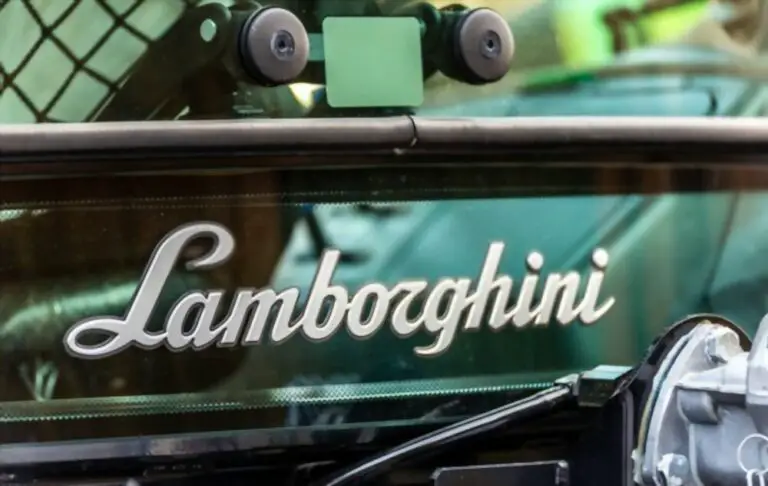Can You Jump Start A 6 Volt Tractor with a 12 Volt Battery
Is it possible to jump-start a 6-volt tractor with a 12-volt battery? Yes, it is possible, and I will show you how.
Can you jump-Start a 6-volt tractor with a 12-volt battery?
The trick to effect this is to jump from the positive terminal of the 12-volt battery to the positive terminal of the 6-volt battery. You should understand that the negative terminal on the 12-volt battery is connected to the negative jumper.
However, ensure it doesn’t last for long hours. The bumper bracket on the vehicle’s poor ground is connected to the other end of the jumper. Also, it can be connected to an accessible spot on the frame, which is far from the starter.
The connection to the vehicle’s poor ground helps reduce the battery’s available current and provides some form of protection to the 6-volt system.
- How To Engage PTO On John Deere Tractor
- Which Compact Tractor Is Easiest For Women To Operate?
- Who Makes Farmtrac Tractors?
- How Big Of A Disk Can A 100 HP Tractor Pull?
How to Jump-Start a Tractor
It is possible to jump-start a tractor, and the items you need include:
- Jumper cables
- Long screwdriver (with rubber handle)
- A power source (12- or 6-volt battery)
N.B
- You must check the voltage in your tractor battery before you jump-start it. If the voltage in the battery is drained already, it may be challenging to jump-start it, and the only solution is to get a new battery.
- When the tractor is jump-started, it may lurch forward or backward. So ensure you are not standing at the front or behind the tractor when it jump-starts to prevent yourself from being run over.
- After the long winter, your tractor may be challenging to start. It can either be that the battery is dead or the engine won’t catch. Before attempting to jump-start such a tractor, you should know that many tractors and lawns use a 6-volt battery system and not a 12-volt, so you cannot use a regular car to jump-start these types. You have to use a power source that will not exceed the strength of your tractor system to jump-start quickly.
Tips on Jump-Starting Tractors
If your tractor is a 6-volt battery system, you can use a small car as a power source. All you have to do is turn the engine on and connect the red lead of the jumper cables to your battery. Connect the black lead to the frame of the car.
Also, to the tractor’s battery’s positive post, connect the jumper cable’s red lead to it. After which, you connect the black lead to the battery’s negative post. Then leave the battery to charge for 15 minutes and attempt to start the engine.
If the engine does not start, you must wait another 15 minutes to try again. If it does start, it signifies that the jump start was successful. Ensure it is not used on the 12-volt battery system continuously.
If, after the additional 15 minutes, your tractor’s engine does not start, use the metal shank of a long-handle screwdriver to form a bridge between the top screw on the starter and the post on the starter that the battery is connected.
This should make your tractor start, and if it doesn’t, it means your starter has a problem, and you should seek professional help.
How to Install a Starter on a Ford 8N Tractor
The starter on an 8N Ford tractor is amongst the dependable parts of the tractor. Typically, the starters were built on a 6-volt system. After a while, some of the tractors were converted to 12-volt systems.
So one of the things you have to note before installing a starter on an 8N Ford tractor is to ascertain whether it is a six or 12-volt system.
The steps include:
- Place the 8N tractor on the ground and turn off the engine. Ensure the transmission is on low gear to prevent the tractor from moving while working on it.
- Use a box–end wrench to remove the negative battery cable. Then allow the engine to cool completely.
- Using the ratchet and socket, remove the starter solenoid cable from the starter and remove the two long mounting bolts that go through the starter housing.
- Next, Install the mounting bolts in the new starter. Next, install the starter and ensure the mounting bolts are secured evenly. Put the tractor in neutral and Install and tighten the starter solenoid cable and the negative battery cable. After which, you test run the starter. Then you are done.
Recommended







